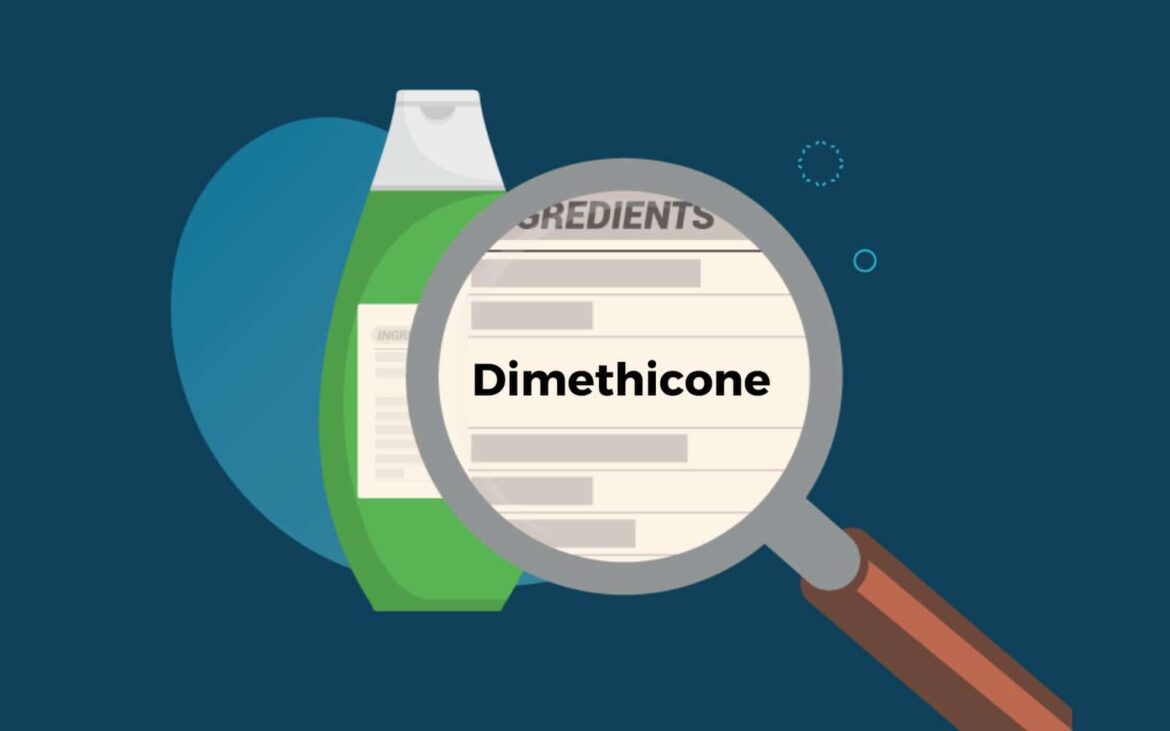Dimethicone is one of the most commonly used silicone oils in the cosmetics industry. Although it is found in numerous care products, it is increasingly coming under criticism. But how harmful is this additive really – for the skin, health, and the environment?
Is dimethicone harmful? An overview
Dimethicones are synthetically produced silicones used in cosmetic products such as shampoos, creams, makeup, and conditioners. They can also be found on ingredient lists under names such as dimethylpolysiloxane or polydimethylsiloxane.
- Silicones such as dimethicone form a fine film over the skin or hair. This creates a smoothing, shiny effect. The skin feels softer and hair appears smoother and easier to comb.
- From a health perspective, dimethicone is considered harmless. They are well tolerated, do not usually cause allergic reactions, and are often used in sensitive skin care products.
- They offer clear advantages for industry: they are inexpensive to manufacture, have a long shelf life, and ensure a stable composition in many products.
- However, the impact on the environment is much more serious: dimethicones are not easily biodegradable. If they enter wastewater, many sewage treatment plants are unable to filter them out adequately. This means that they end up in the soil, rivers and, in the long term, possibly even in groundwater and drinking water.
Effects of dimethicones on humans and the environment
Although dimethicones are considered harmless to health, they could still have negative effects on the environment and thus indirectly on health. After all, plastic is one of the biggest environmental problems of our time.
- There is currently no clear scientific evidence that dimethicone in drinking water is directly harmful to human health. Nevertheless, there are legitimate environmental and health concerns.
- Dimethicone is not water-soluble and is difficult to biodegrade, which means it can accumulate in soil and water over long periods of time. Silicone residues could enter the food chain indirectly, for example via plants or animals, which could potentially affect humans.
- Although dimethicone and other silicones are not technically considered classic microplastic particles, they are often associated with them due to their synthetic origin and poor degradability. Environmental organizations are calling for regulations and greater transparency in the labeling of such ingredients. You can also use a microplastic app to identify products with questionable ingredients.
- Furthermore, dimethicone does not penetrate the skin or hair, but forms a protective barrier. However, some people report clogged pores, stringy hair, or a “sticky” feeling on the skin, e.g., with frequent or extensive use. The protective film may make it more difficult for nourishing ingredients to penetrate the skin.
More environmentally friendly alternatives and labeling
If you want to avoid dimethicone, you can consider the following aspects:
- Dimethicone is not permitted in certified natural cosmetics such as organic moisturizers. Instead, manufacturers use plant-based alternatives, such as vegetable oils, waxes, or starch.
- In addition, many conventional cosmetic brands now declare whether their products contain silicones. Silicone-free product lines are increasingly being developed and specifically advertised as more environmentally friendly options.
- A tip: Ingredients ending in -cone, -conol, or -siloxane almost always indicate the presence of silicones. If you want to avoid them, you should look specifically for these endings on the packaging.
- More and more people are critical of synthetic ingredients such as dimethicones and prefer products with natural, environmentally friendly ingredients such as silicone-free shampoo. This trend is reflected in the growing demand for “clean beauty” cosmetics that emphasize naturalness, transparency, and sustainability.

